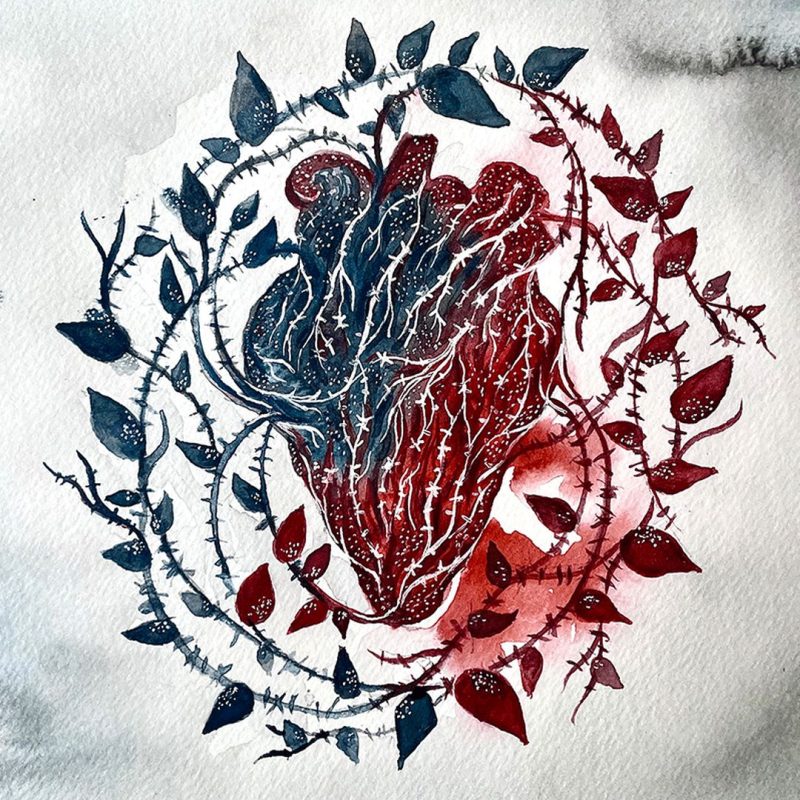What makes a crime, who is a criminal, and what in the hot white mess is a feminist way of looking at crime anyway? The background work on this edition involved a lot of old school study, and new school interpretations. Together, we believe we have found something not unlike a kaleidoscope, where broken pieces of glass move synchronously to yield a pattern that is both unique and ubiquitous.
